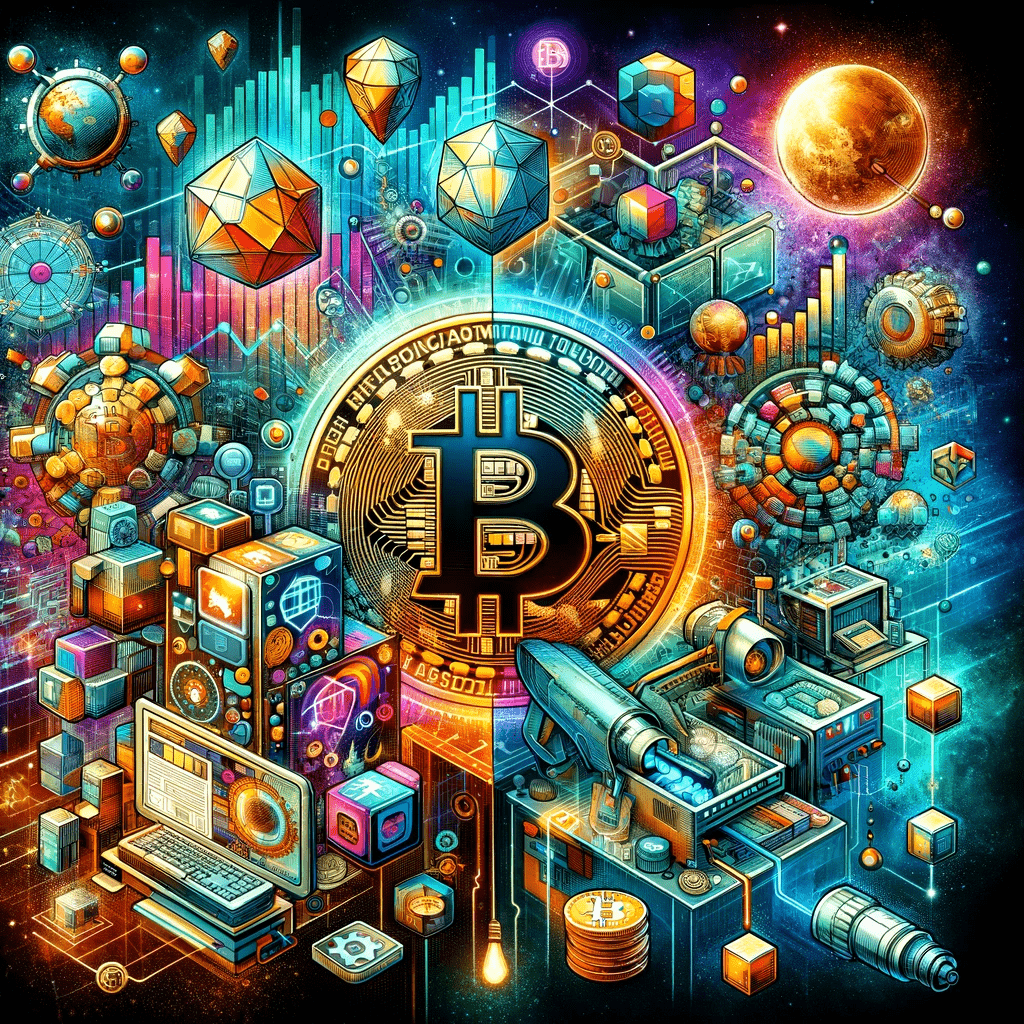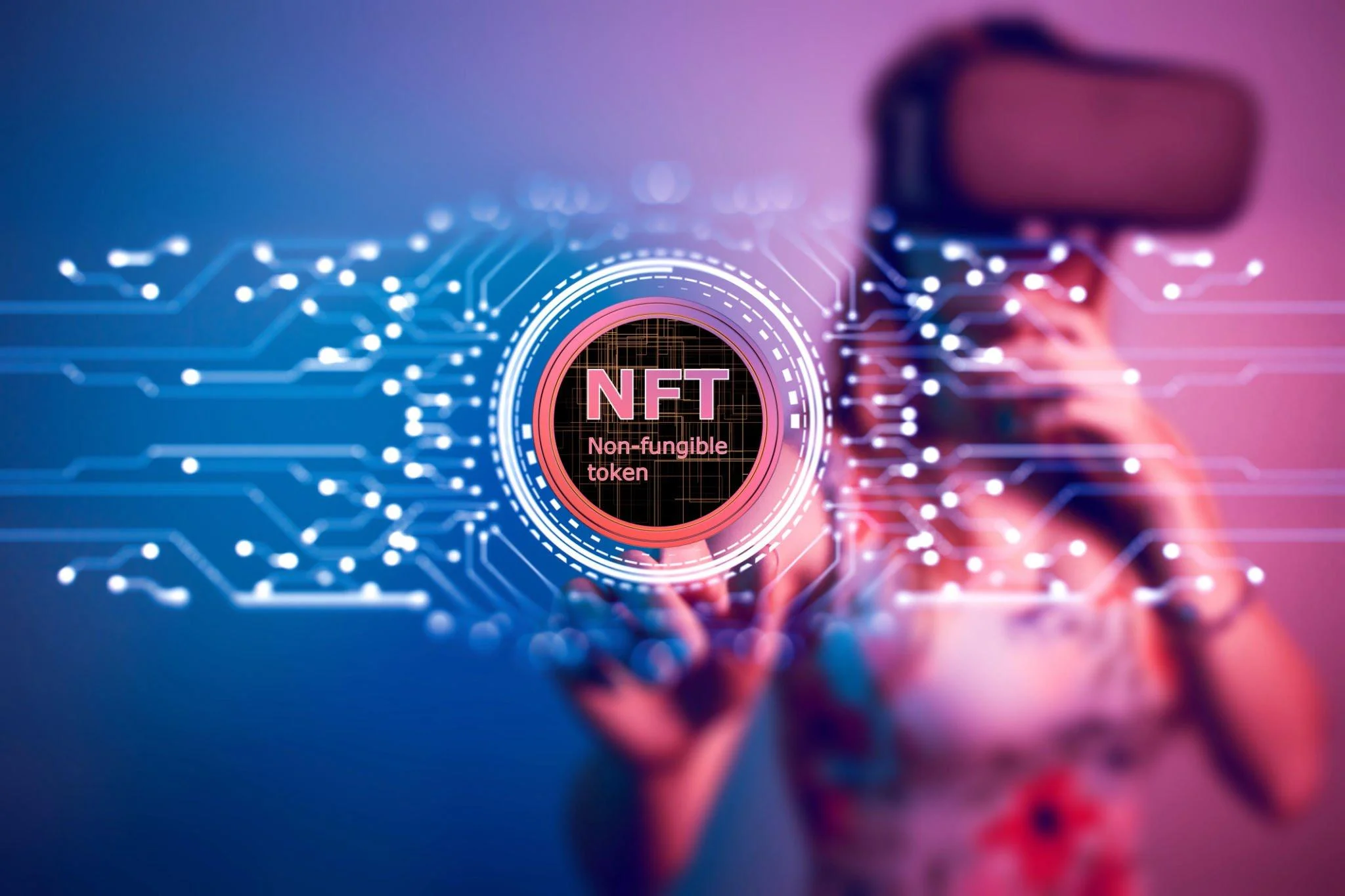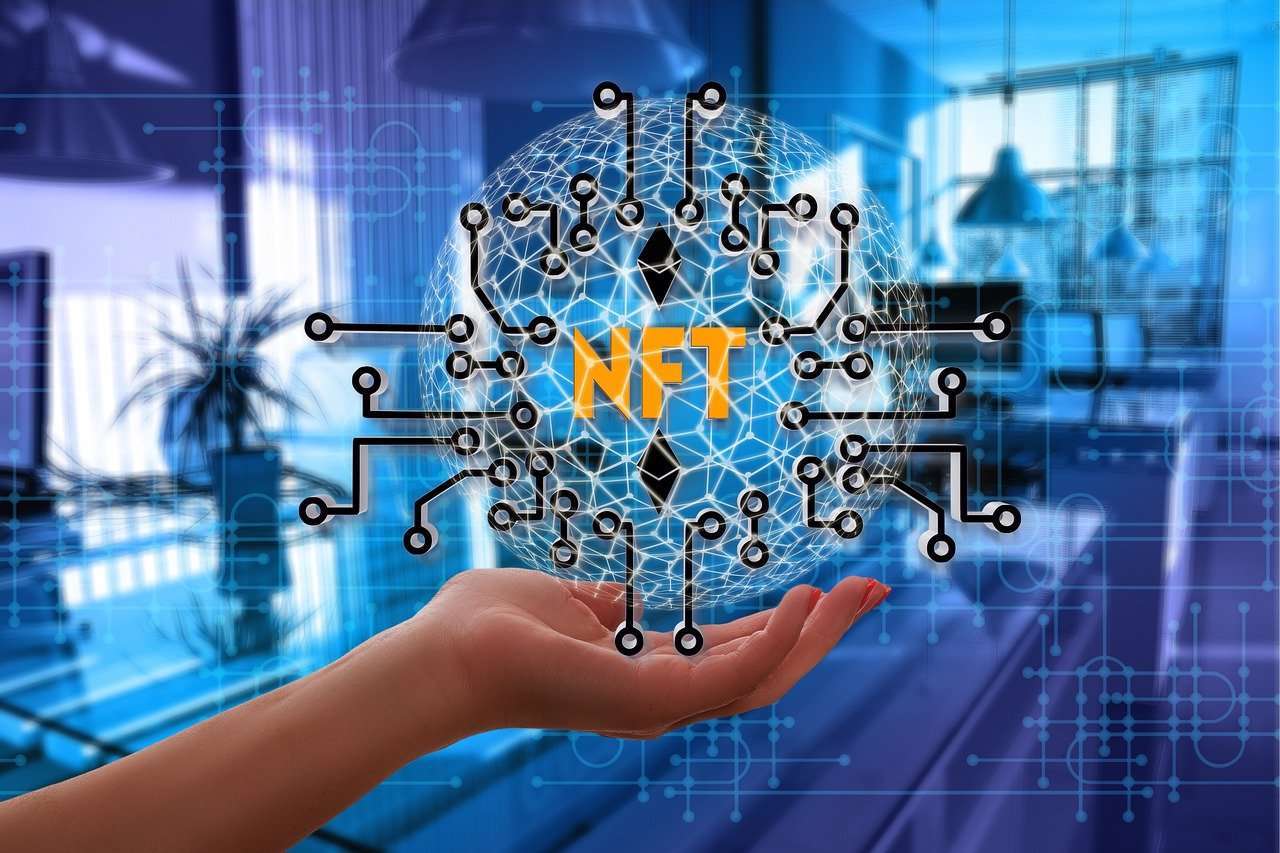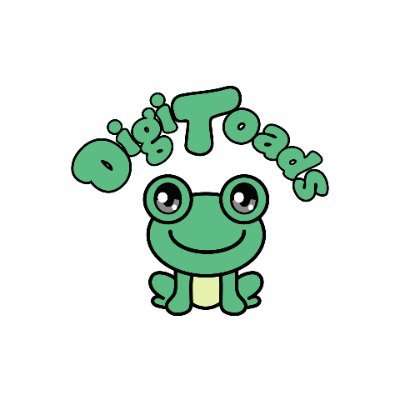
About Web 3.0 Technology:
What Is Web 3 Technology
Web 3.0, also known as the “Semantic Web,” is a concept that refers to the next generation of the internet, which is expected to be more intelligent, interconnected, and data-driven than the current version of the web.
One of the main goals of Web 3.0 is to make the internet more “smart” and able to understand and interpret the meaning of the information that is shared online. This would be achieved through the use of advanced technologies, such as artificial intelligence, machine learning, and natural language processing, which would allow the internet to understand the context and meaning of the data that is shared online.
Another key aspect of Web 3.0 is the concept of interconnectivity, which refers to the ability of different devices and systems to connect and communicate with each other in a seamless and intuitive way. This would be made possible through the use of technologies such as the Internet of Things (IoT), which would allow devices such as appliances, vehicles, and other machines to connect and exchange data with each other and with the internet.
Web 3.0 is also expected to be more data-driven than the current version of the web. This means that it would rely more heavily on data analytics and machine learning algorithms to extract insights and make predictions based on the data that is shared online. This could have a wide range of applications, such as improving search results, personalizing online experiences, and predicting consumer behavior.
Overall, Web 3.0 is a concept that represents the next evolution of the internet, which is expected to be more intelligent, interconnected, and data-driven than the current version of the web. While the exact shape and form of Web 3.0 is still being developed and debated, it is clear that it has the potential to revolutionize the way we interact with the internet and the world around us.
Advantages and disadvantages of web 3.0 What Is Web 3 Technology
While Web 3.0 has the potential to bring many benefits and advantages, it also has the potential to introduce new challenges and disadvantages.
Here are a few advantages and disadvantages of Web 3.0:
Advantages: What Is Web 3 Technology
- Improved intelligence and understanding: One of the main advantages of Web 3.0 is its ability to make the internet more “smart” and able to understand and interpret the meaning of the information that is shared online. This would be achieved through the use of advanced technologies, such as artificial intelligence, machine learning, and natural language processing, which would allow the internet to understand the context and meaning of the data that is shared online.
- Greater interconnectivity: Another key advantage of Web 3.0 is the concept of interconnectivity, which refers to the ability of different devices and systems to connect and communicate with each other in a seamless and intuitive way. This would be made possible through the use of technologies such as the Internet of Things (IoT), which would allow devices such as appliances, vehicles, and other machines to connect and exchange data with each other and with the internet.
- Improved data-driven decision making: Web 3.0 is also expected to be more data-driven than the current version of the web. This means that it would rely more heavily on data analytics and machine learning algorithms to extract insights and make predictions based on the data that is shared online. This could have a wide range of applications, such as improving search results, personalizing online experiences, and predicting consumer behavior.
Disadvantages: What Is Web 3 Technology
- Privacy concerns: One potential disadvantage of Web 3.0 is the increased amount of data that would be collected and shared online, which could raise privacy concerns. As more devices and systems become interconnected and able to share data with each other, it is important to ensure that this data is protected and not used in ways that could compromise the privacy of individuals.
- Security risks: Another potential disadvantage of Web 3.0 is the increased risk of security breaches and cyber attacks. As more devices and systems become connected to the internet, the risk of hackers and cybercriminals gaining access to sensitive data and systems increases. It will be important for organizations to invest in strong security measures to protect against these risks.
- Complexity: The increased complexity of Web 3.0, with its advanced technologies and interconnected systems, may also pose challenges. It may be difficult for individuals and organizations to understand and navigate this complex environment, which could lead to confusion and frustration.
Overall, Web 3.0 has the potential to bring many benefits and advantages, as well as some challenges and disadvantages. As the concept of Web 3.0 continues to evolve, it will be important to carefully consider these potential impacts and work to address any potential concerns.
Difference between Web 2.0 and web 3.0 What Is Web 3.0 Technology
Web 2.0 and Web 3.0 are two different concepts that refer to the evolution of the internet. Web 2.0 refers to the second generation of the internet, which emerged in the late 1990s and early 2000s, while Web 3.0, also known as the “Semantic Web,” is a concept that refers to the next generation of the internet.
Here are a few key differences between Web 2.0 and Web 3.0:
- Focus: Web 2.0 focused on the development of interactive and user-generated content, while Web 3.0 is focused on making the internet more intelligent and data-driven.
- Technologies: Web 2.0 was characterized by the emergence of new technologies, such as social media, blogging platforms, and online video, while Web 3.0 is expected to be powered by advanced technologies, such as artificial intelligence, machine learning, and natural language processing.
- Interconnectivity: Web 2.0 introduced the concept of interconnectivity, with the development of social media platforms and other services that allowed users to connect and share information with each other. Web 3.0 is expected to take this concept to the next level, with the use of technologies such as the Internet of Things (IoT) that would allow devices and systems to connect and communicate with each other in a seamless and intuitive way.
- Data-driven decision making: Web 2.0 introduced the use of data analytics to extract insights and make decisions based on the data that was shared online. Web 3.0 is expected to take this to the next level, with the use of advanced machine learning algorithms that can analyze and interpret large amounts of data to make more accurate predictions and recommendations.
Overall, while Web 2.0 and Web 3.0 have some similarities, they are also quite different in terms of their focus and the technologies and concepts that they are based on. Web 3.0 represents the next evolution of the internet and has the potential to bring significant changes and innovations to the way we interact with the internet and the world around us.






Leave a Reply